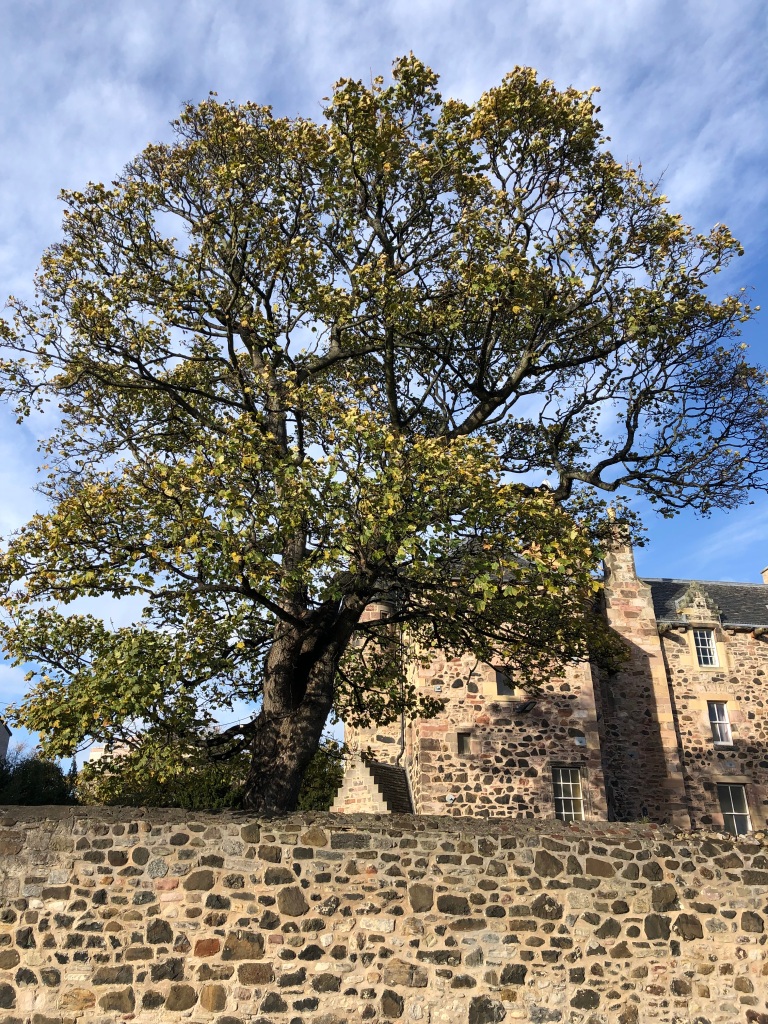It’s the time of year those with gardens may be considering some work to their trees.
As many of the trees in the city are protected by either being within a conservation area or by a Tree Preservation Order (TPO) permission is required to do work to these trees.
Our online map of conservation areas and TPOs makes it easy for you to find out if trees are protected.
We also have guidance on looking after these protected trees and how to apply for permission.
As we get large numbers of applications for works to trees, please make sure you include:
- The correct address i.e. where the tree is located
- A location plan if the site does not have a postal address
- A site plan clearly showing the location of the tree(s) and any other useful information
- Photographs of the tree(s) and the surrounding context
Our Quick Guide to applying for work to trees sets all this out in a bit more detail.
Our webpage also contains information about trees on Council land, reporting overhanging foliage and issues with high hedges.
Proposed Development and Trees: tree survey
If you are undertaking development which requires planning permission, you need to look at what trees there are in your site and also next door to it. Proposals should not have a damaging impact on someone else’s trees.
Your planning application should include a tree survey of the trees within your site and those adjacent to it. The information required with applications is explained in the Edinburgh Design Guidance and Guidance for Householders
The tree survey will help us assess the quality of the tree(s) and their suitability for retention as part of the proposals. If we don’t get this information at the start, then it may delay the assessment of your planning application.



You must be logged in to post a comment.